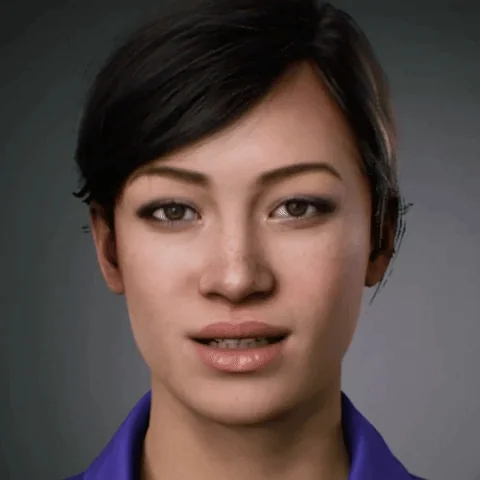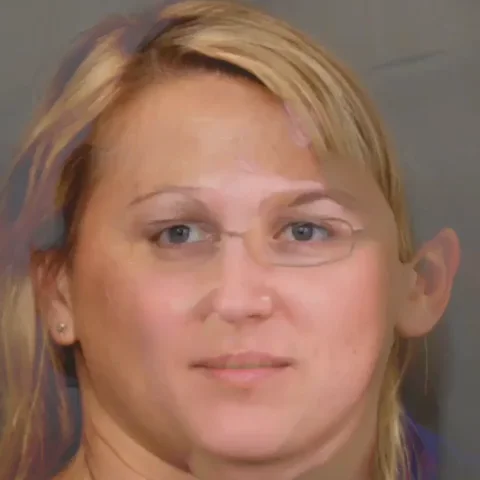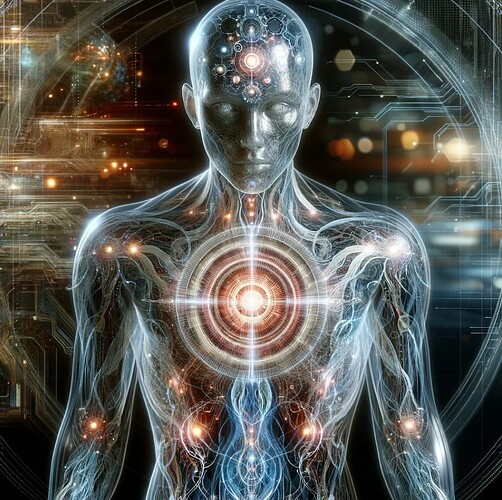Creative Essay: The Language of Emotions and Body Language
In the intricate dance of human expression, our bodies often speak louder than words. The act of swishing oil in one’s mouth, a practice known as oil pulling, serves as a fascinating case study in the interplay between physical sensations and emotional responses. As individuals engage in this unusual ritual, their faces contort into a myriad of expressions—each a reflection of the emotions swirling within.
When one swishes oil, the first emotion that may surface is concentration. The mind focuses intently on the task at hand, and the body responds with a slight furrowing of the brow, a pursing of the lips, or a puffing of the cheeks. This physical manifestation of focus is not merely a byproduct of the activity; it is a vital part of the experience. Concentration demands a certain posture, a stillness that allows the mind to engage fully with the present moment.
Yet, alongside concentration, discomfort often creeps in. The sensation of oil gliding over the tongue and coating the mouth is foreign to many. This discomfort can elicit a grimace, a furrowed brow, or a slight shake of the head. Such expressions are not just reactions; they are the body’s way of communicating the struggle between the mind’s intent and the body’s response to an unusual stimulus.
Amidst this mix of concentration and discomfort, there lies a thread of playfulness. For some, the act of oil pulling can be amusing, a quirky addition to their daily routine. This light-heartedness can transform the grimace into a smile, the furrowed brow into a raised eyebrow of curiosity. The body language shifts once more, reflecting a playful engagement with the experience.
In essence, our bodies are canvases upon which emotions are painted. Each motion, each posture, contributes to the rich tapestry of human experience. From the subtle tilt of the head to the expansive gestures of the arms, our physical expressions are intertwined with our emotional states. The question arises: how many motions create emotions? How many body positions translate into emotional expressions?
The answer is as complex as the human experience itself. Research suggests that there are countless ways our bodies can express emotions, with each culture adding its own nuances. The universal language of body language transcends words, allowing us to connect on a deeper level.
Poem: The Dance of Emotion
In the mirror, a face takes shape,
A canvas of feelings, a silent landscape.
With oil in the mouth, a ritual begun,
A swirl of sensations, a battle to be won.
Concentration tightens, the brow furrows deep,
A pucker of lips, as thoughts start to leap.
Discomfort arises, a grimace appears,
Yet laughter can bubble, dissolving the fears.
Playful expressions, a dance of the cheek,
In the midst of the challenge, joy starts to peek.
Each motion a story, each posture a song,
In the language of bodies, we all can belong.
Song: “Swish and Sway”
(Verse 1)
Swish and sway, let the oil glide,
In this moment, let your feelings ride.
Pucker up, let the world fade away,
In the dance of emotions, we find our way.
(Chorus)
Oh, the faces we make, the stories we tell,
In the silence of swishing, we know it so well.
From concentration to laughter, we’re all in this game,
In the language of bodies, we’re never the same.
(Verse 2)
A grimace of discomfort, a smile of delight,
In the swirl of the oil, we find our light.
With every motion, a heartbeat sings,
In the rhythm of life, we discover our wings.
(Chorus)
Oh, the faces we make, the stories we tell,
In the silence of swishing, we know it so well.
From concentration to laughter, we’re all in this game,
In the language of bodies, we’re never the same.
Code Concept: Emotion Tracker
Here’s a simple Python code snippet that could serve as a starting point for an emotion tracker based on body language:
class EmotionTracker:
def __init__(self):
self.emotions = {
"concentration": 0,
"discomfort": 0,
"playfulness": 0
}
def update_emotion(self, emotion):
if emotion in self.emotions:
self.emotions[emotion] += 1
else:
print("Emotion not recognized.")
def display_emotions(self):
for emotion, count in self.emotions.items():
print(f"{emotion.capitalize()}: {count}")
# Example usage
tracker = EmotionTracker()
tracker.update_emotion("concentration")
tracker.update_emotion("discomfort")
tracker.update_emotion("playfulness")
tracker.display_emotions()
Conclusion
The exploration of how physical expressions create and convey emotions is a rich and complex field. From the act of oil pulling to the myriad of emotions it evokes, our bodies serve as powerful instruments of communication. Through creative expression—be it in essays, poems, songs, or even code—we can begin to unravel the intricate tapestry of human emotion and connection. Thank you for this thought-provoking journey!










